Home>Technology>Home Entertainment Systems>What Causes Television Static?
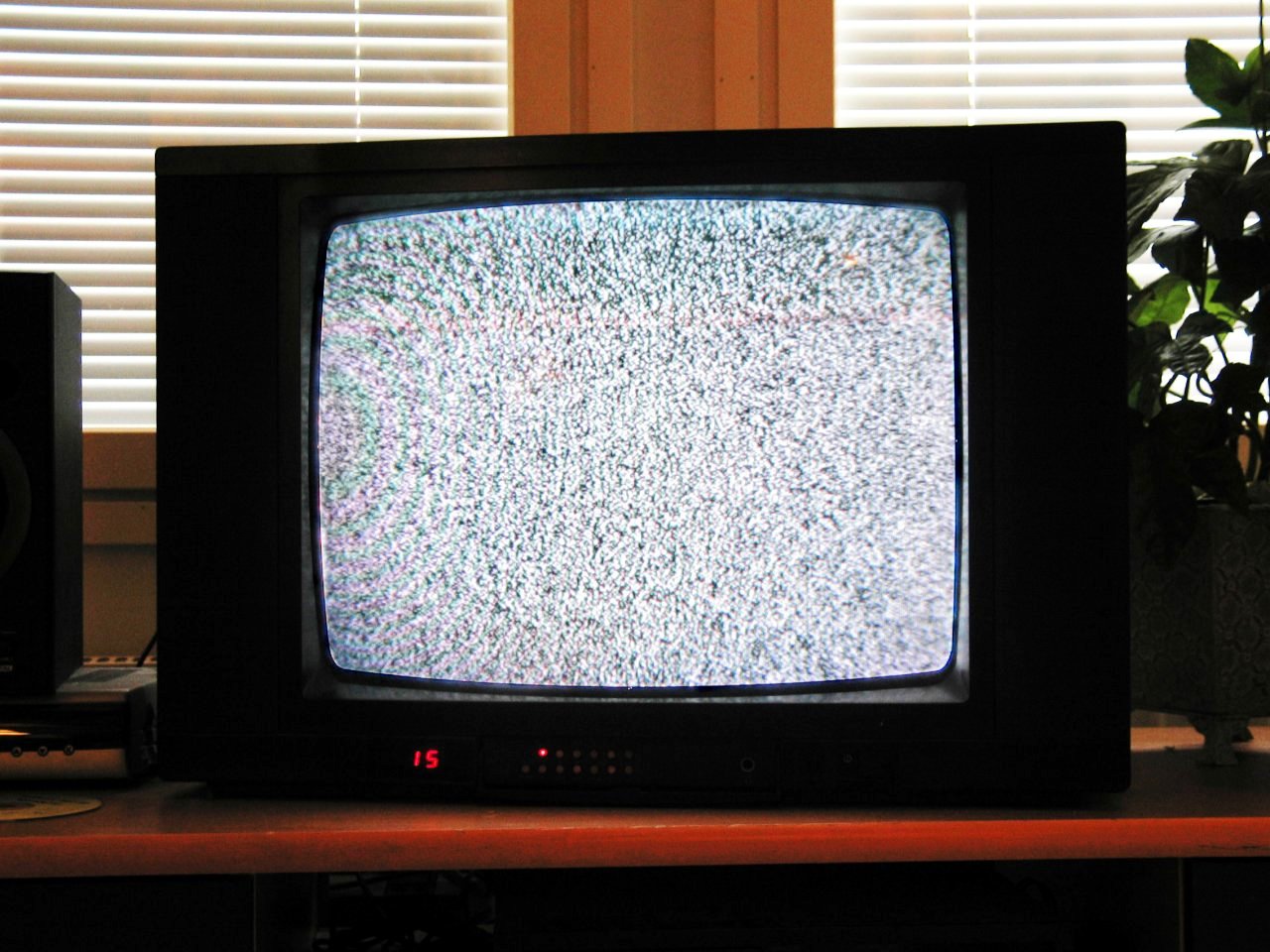

Home Entertainment Systems
What Causes Television Static?
Modified: March 20, 2024
Discover the reasons behind television static in home entertainment systems. Find out what causes this common issue and learn how to fix it.
(Many of the links in this article redirect to a specific reviewed product. Your purchase of these products through affiliate links helps to generate commission for Storables.com, at no extra cost. Learn more)
Introduction
Television static is an annoyance that can disrupt our viewing experience. Whether it’s a subtle flicker or a full-screen interference, static can be frustrating and distracting. But what causes television static? Understanding the underlying factors can help us minimize this issue and enjoy our home entertainment systems to the fullest.
To comprehend the causes of television static, we must first grasp how television signals work. Television signals are transmitted through radio waves, which carry both audio and video data. These signals are picked up by antennas, converted back into audio and video signals, and then displayed on our screens.
When everything works as it should, we enjoy clear and uninterrupted viewing. However, several factors can interfere with the transmission and reception of television signals, resulting in static. Some of these factors are external, while others are internal to our home entertainment systems.
In this article, we will explore the different types of television static and delve into the external and internal factors that contribute to it. We will also discuss effective ways to reduce television static and enhance our overall viewing experience. So, let’s dive in and uncover the mysteries of television static together!
Key Takeaways:
- Say goodbye to television static by understanding external and internal factors. Position your antenna, secure connections, and minimize interference for a clear viewing experience.
- Upgrade to a high-quality antenna, consider signal amplification, and stay informed about weather conditions to reduce television static and enhance your home entertainment system.
Read more: What Is Static Grass
How Television Signals Work
Before we delve into the causes of television static, let’s take a closer look at how television signals actually work. Television signals are transmitted using radio waves, which are electromagnetic waves that travel through the air. These waves carry both audio and video data, allowing us to watch our favorite shows and movies from the comfort of our own homes.
At the heart of this transmission process is a TV station or a cable provider that generates the television signals. These signals are then sent out through a transmission tower or a cable network. Once the signals are in the air, they can be picked up by antennas at our homes.
When the signals reach our antennas, they undergo a process called demodulation, where the audio and video data is converted back into usable form. This data is then sent to our televisions, where it is displayed on the screen and heard through the speakers.
It’s important to note that television signals are susceptible to interference. As the waves travel through the air, they can encounter various obstacles like buildings, trees, or even weather conditions. These obstacles can weaken or disrupt the signal, leading to a degraded viewing experience or, in some cases, television static.
Now that we have a basic understanding of how television signals work, let’s explore the different types of television static and gain insight into the root causes behind this unwanted phenomenon.
Types of Television Static
Television static can manifest in various forms, each with its own distinct characteristics. By understanding the different types of television static, we can better identify the underlying issues and find suitable solutions. Let’s explore some common types of television static:
- Snowy/static-filled screen: This is perhaps the most well-known type of television static. It appears as a screen filled with random black and white dots, resembling the noise from an untuned radio. The snow-like effect is usually caused by weak or poor-quality television signals.
- Horizontal or vertical lines: Another form of television static is the presence of horizontal or vertical lines across the screen. These lines can be thin or thick and often disrupt the clear display of the video. They can result from several factors, including electromagnetic interference or signal distortion.
- Pixilation: Pixilation occurs when the edges of objects on the screen appear blocky or fragmented, devoid of smoothness and clarity. This kind of static is commonly caused by low-quality video compression or a poor signal-to-noise ratio.
- Noise bars: Noise bars are thick, horizontal lines that move upward on the screen. They are accompanied by a buzzing or humming sound. Noise bars are typically caused by interference from external sources, such as other electronic devices or power lines.
- Ghosting: Ghosting refers to the faint, translucent duplicate images that appear alongside the main image on the screen. This double image effect is usually caused by signal reflections or multipath interference, where the television signal bounces off objects in the environment before reaching the antenna.
These are just a few examples of the types of television static that can occur. Each type has its own unique characteristics and underlying causes. By identifying the specific type of static we are experiencing, we can narrow down the potential factors contributing to the issue and take appropriate measures to mitigate it.
External Factors That Cause Television Static
Television static can be caused by various external factors that interfere with the transmission and reception of television signals. Let’s take a closer look at some of these external factors:
- Distance from the broadcasting source: The distance between your location and the broadcasting source can impact the strength and quality of the television signal. If you are located far away from the source, you might experience weaker signals, leading to increased static.
- Obstructions: Obstacles such as buildings, trees, or even hills can obstruct the path of the television signals. These obstructions can weaken or block the signals, resulting in static or signal loss. A clear line of sight between your antenna and the broadcasting source is ideal for optimal signal reception.
- Weather conditions: Adverse weather conditions, such as heavy rain, snow, or strong winds, can interfere with television signals. Water droplets or ice particles in the air can scatter or absorb the radio waves, causing signal degradation and static. Extreme weather events can also damage transmission equipment, resulting in signal disruptions.
- Electromagnetic interference: Electronic devices and appliances in your home can emit electromagnetic waves that interfere with television signals. Devices such as radios, cell phones, microwave ovens, and even LED light bulbs can cause interference and result in static on your television screen. It is advisable to keep your antenna and television away from these sources of electromagnetic interference.
- Other radio wave sources: Television signals can also be affected by other radio wave sources in the vicinity. Radio towers, Wi-Fi routers, and nearby wireless devices operating on similar frequencies can cause signal interference and contribute to television static.
By being aware of these external factors, you can take proactive steps to minimize their impact on your television signal. Ensuring a clear line of sight to the broadcasting source, avoiding obstructions, shielding your antenna from interference sources, and staying informed about potential weather-related disruptions can significantly reduce television static caused by external factors.
To reduce television static, try adjusting the antenna or cable connection to improve signal reception. Moving the antenna to a higher location or away from other electronic devices can also help minimize interference.
Internal Factors That Cause Television Static
While external factors can contribute to television static, there are also internal factors within our home entertainment systems that can cause interference and disrupt the television signal. Let’s explore some of these internal factors:
- Antenna positioning: The position and orientation of your antenna can play a crucial role in receiving a strong and clear television signal. Incorrect positioning or misalignment of the antenna can result in reduced signal strength and increased static. Experiment with different antenna positions to find the optimal placement for signal reception.
- Antenna quality: The quality and type of antenna you use can affect the clarity of your television signal. Cheap or low-quality antennas may not be able to pick up signals as effectively, leading to weaker signals and increased static. Investing in a high-quality antenna that is suitable for your location can significantly improve signal reception and minimize static.
- Loose connections: Loose or faulty connections between your television, cable/satellite box, and antenna can introduce signal loss and static. Check all the connections and ensure they are secure and properly attached. Replace any damaged or worn-out cables to maintain a reliable signal flow.
- Internal signal interference: Sometimes, other electronic devices within your home, such as cordless phones, routers, or even faulty electrical wiring, can interfere with the television signal. These devices generate electromagnetic waves that can disrupt the signal path and result in static. Keep your television and antenna away from such devices to minimize interference.
- Signal amplification: Amplifying the television signal can help overcome weak reception and reduce static. Signal boosters or amplifiers can be installed between the antenna and your television to strengthen the signal and improve its quality. However, it’s important to use the appropriate amplification strength to avoid over-amplification, which can introduce distortion and additional interference.
By addressing these internal factors, you can optimize your home entertainment system and reduce the chances of television static. Proper antenna positioning, high-quality equipment, secure connections, minimizing internal interference, and considering signal amplification can greatly enhance your television viewing experience.
Read more: What Is Fan Static Pressure
Ways to Reduce Television Static
Dealing with television static can be frustrating, but there are several ways to minimize its occurrence and improve your overall viewing experience. Let’s explore some effective methods to reduce television static:
- Position your antenna correctly: Ensure that your antenna is properly positioned and aligned towards the broadcasting source. Experiment with different placements and orientations to find the sweet spot that provides optimal signal reception and reduces static.
- Upgrade your antenna: Consider upgrading to a higher-quality antenna that is designed for your specific location and signal requirements. A better antenna can improve signal reception and minimize the chances of static.
- Check and secure connections: Inspect all the connections between your television, cable/satellite box, and antenna. Make sure they are secure and properly attached. Damaged or loose connections can introduce signal loss and result in static.
- Reduce electromagnetic interference: Keep your television and antenna away from devices that generate electromagnetic waves, such as cordless phones, routers, or even electrical wiring. Minimizing interference sources can significantly reduce static.
- Use a signal booster: Consider using a signal booster or amplifier to strengthen the television signal. These devices can enhance the signal strength, reduce static, and improve overall signal quality. However, be mindful of not over-amplifying the signal, as it can introduce distortion.
- Ensure proper grounding: Proper grounding of your television and antenna system is essential to minimize static and interference. Consult a professional electrician or antenna installer to ensure that your system is correctly grounded.
- Stay updated with weather conditions: Be aware of any severe weather conditions in your area that may affect the television signal. Heavy rain, snow, or strong winds can interfere with the signal transmission. Consider rescheduling or adjusting your antenna during such weather events to minimize static.
- Consider cable/satellite alternatives: If you continue to experience persistent television static, you may want to explore alternatives such as cable or satellite TV. These options often provide a more reliable and consistent signal compared to antenna-based systems.
Implementing these methods can greatly reduce television static and enhance your overall viewing experience. Experiment with different solutions and find the combination that works best for your specific setup. Remember, a clear and uninterrupted television signal can make a significant difference in enjoying your favorite shows, movies, and sports events.
Conclusion
Television static can be a frustrating issue that hampers our viewing experience. However, by understanding the causes and implementing effective solutions, we can significantly reduce or even eliminate this annoyance. In this article, we explored the various types of television static and the external and internal factors that contribute to it.
External factors, such as the distance from the broadcasting source, obstructions, weather conditions, and electromagnetic interference, can interfere with the transmission and reception of television signals. On the other hand, internal factors, including antenna positioning, quality, loose connections, internal interference, and signal amplification, can also impact the clarity of the television signal and result in static.
To reduce television static, it is crucial to position your antenna correctly, upgrade to a higher-quality antenna if necessary, secure connections, minimize electromagnetic interference, consider signal amplification carefully, ensure proper grounding, and stay informed about weather conditions that may affect signal reception.
By following these steps and implementing the suggested solutions, you can improve your home entertainment system and enjoy a clear and uninterrupted television viewing experience. Remember, finding the optimal setup may require some experimentation and adjustments, but the effort will be worth it in the end.
So, the next time you sit down to watch your favorite show or movie, you can do so with peace of mind, knowing that you have taken the necessary steps to eliminate or minimize television static. Happy viewing!
Frequently Asked Questions about What Causes Television Static?
Was this page helpful?
At Storables.com, we guarantee accurate and reliable information. Our content, validated by Expert Board Contributors, is crafted following stringent Editorial Policies. We're committed to providing you with well-researched, expert-backed insights for all your informational needs.
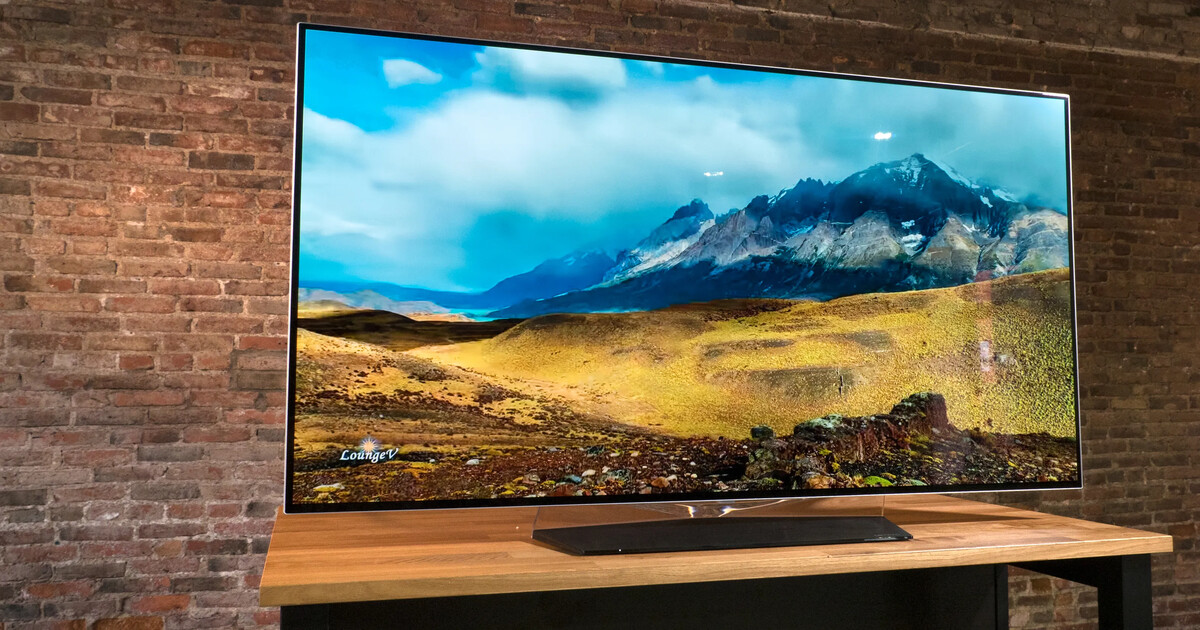
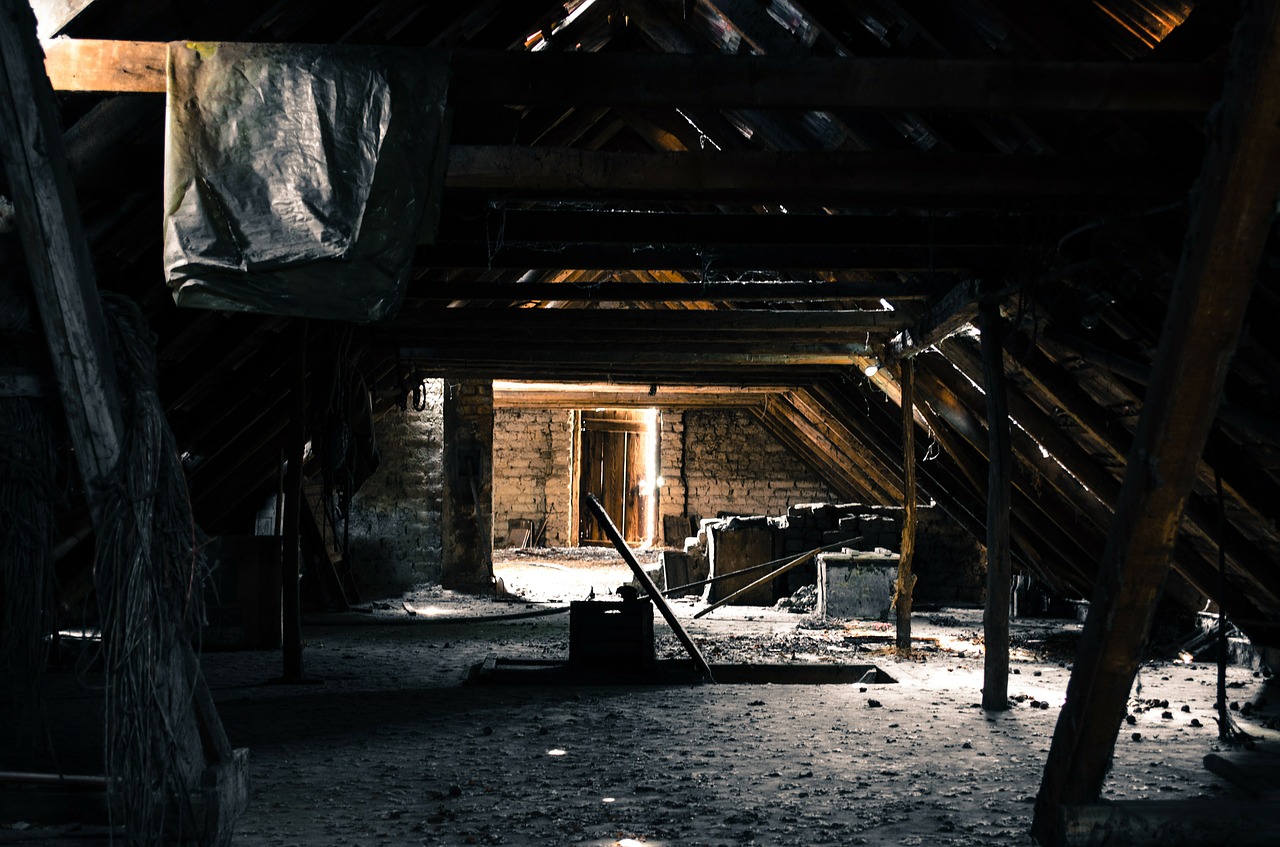

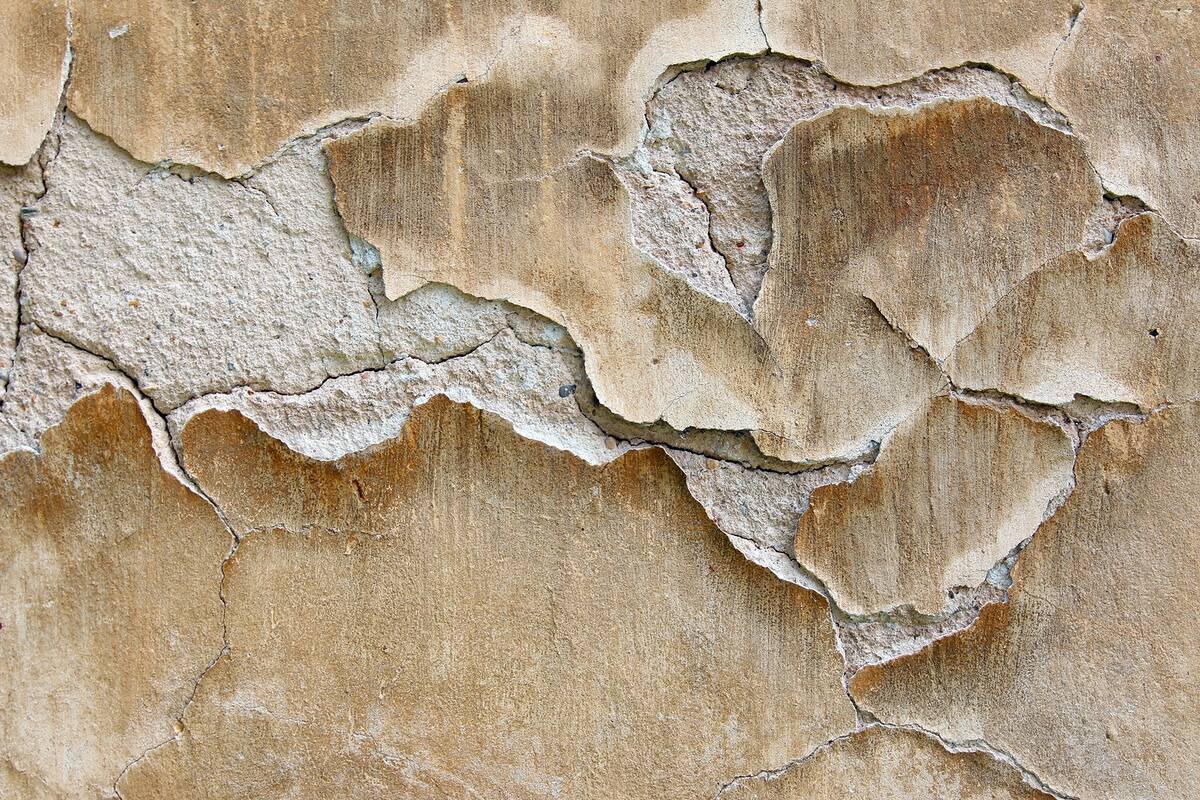

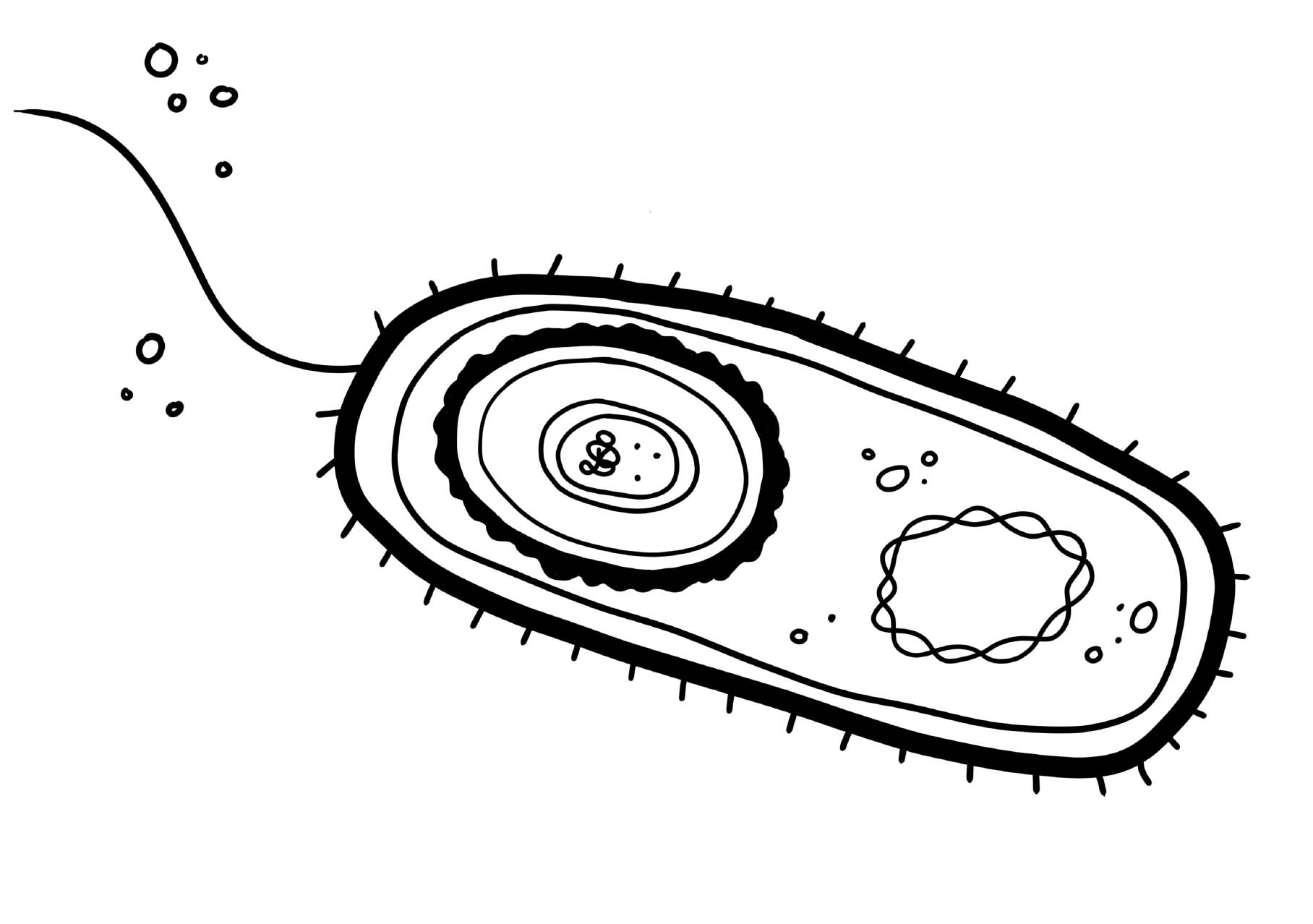



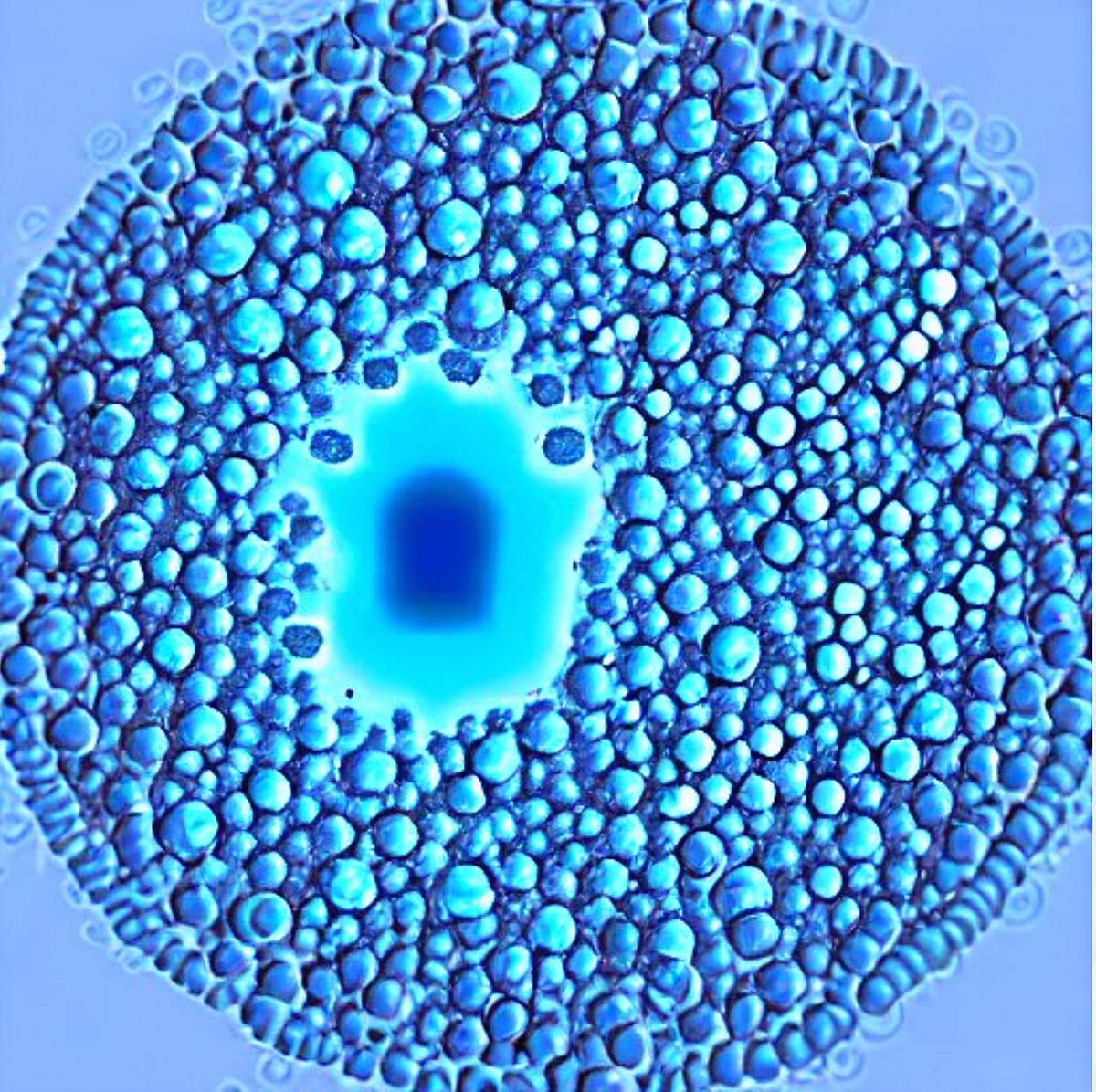





0 thoughts on “What Causes Television Static?”